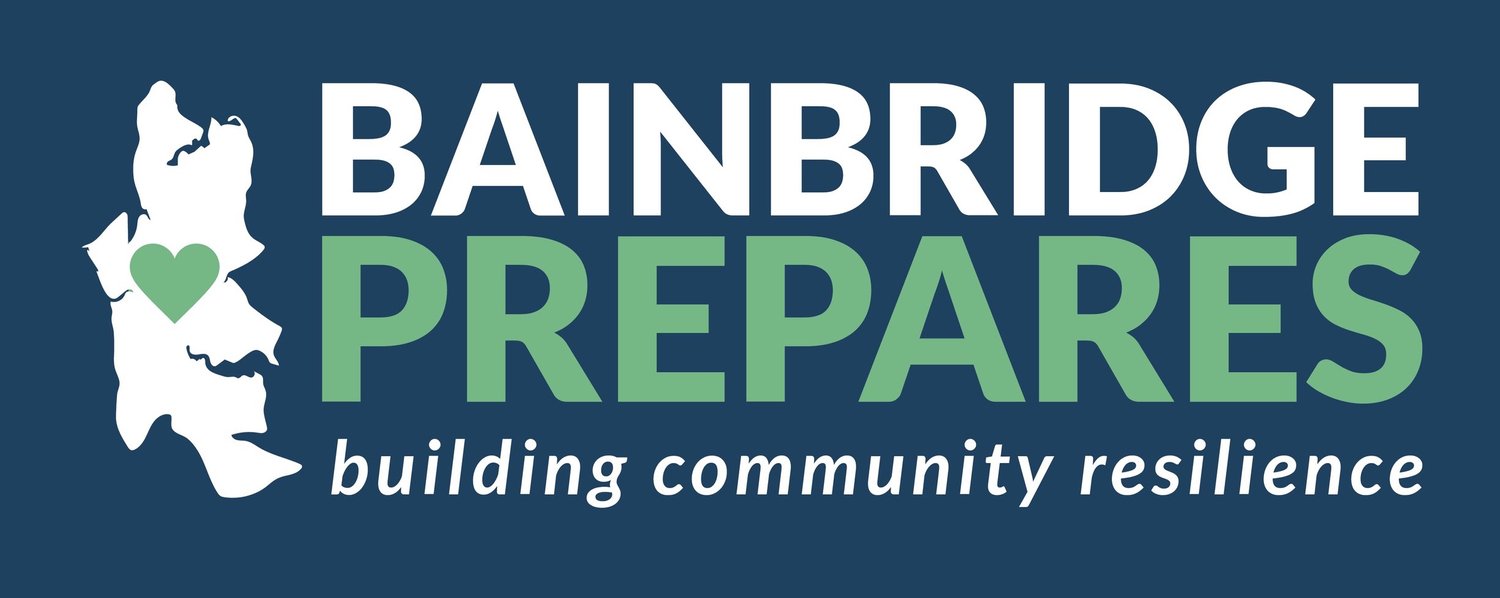A Look at The Syria/Türkiye Earthquake
 Here’s the latest out of Türkiye and Syria in the past eight days:
Here’s the latest out of Türkiye and Syria in the past eight days:
- Death toll has surpassed 41,000.
- Some rescuers in Türkiye say they still hear voices in the rubble of their assigned search zones.
- In Türkiye,
- 141,000 personnel are involved in the search & rescue efforts and
- 8,619 rescue workers come from 68 countries (with 100 countries contributing aid).
Of those roughly 9,000 rescuers who come from outside of Türkiye, 140 came from the United State’s elite FEMA USAR (Urban Search and Rescue) Team. EACH USAR team went to Türkiye with 65,000 lbs. of equipment and 7 search dogs. The FEMA USAR teams sent to Türkiye comprise only 1/10th of 1% of the total personnel needed for this operation.The math on this is staggering to think about. How does one coordinate the efforts of 141,000 people when you have 0 minutes of advanced notice? For context, the September 11th search and rescue efforts encompassed a little less than 10,000 search & rescue personnel.Applying the Lens to Bainbridge IslandNow, let me shift to how this applies closer to home.FEMA and several other state agencies provide risk probability and damage forecast models to various city governments (including the City of Bainbridge Island and Kitsap County). These analyses are designed to help local communities understand what a worst-case scenario looks like and gives them time to prepare.These damage models predict that Agate Pass Bridge, ferry terminals, and ferries would be out of commission for months after a large-scale earthquake. The forecast we’ve been using internally for Bainbridge Prepares is 6,000 injured (most injuries would be minor but still in need of some first aid care) out of our population of 25,000 people.Now here comes the sobering statistic. On Bainbridge Island, there are only 8 firefighters/EMTs on duty at any given time. Imagine 6,000 injured with 8 firefighters/EMTs. If we do the math, this mean each firefighter/EMT would need to treat 750 patients.So how does one firefighter/EMT treat 750 patients? The short answer is they don’t. The math is impossible.This very wide gap is filled by the rest of us: Medical Reserve Corps, Map Your Neighborhood, BIEMR, CERT, and other Bainbridge Prepares teams, totaling more than 700 volunteers. If there were 6,000 injured people and only 600 trained first aid providers, that math works.Each first aid provider would need to treat 10 people. This means that in a large scale response, the hope is that volunteers would be trained and well equipped enough to provide sufficient search and rescue capabilities to find and then subsequently provide first aid to 10 people (e.g., family, neighbors, or visitors to a Hub).Of those 10 people, we can expect that 8 would have minor injuries (cuts, abrasions) and non-life threatening injuries, 1.5 would have moderate (broken arm/leg) to severe life-threatening injury (blood loss, brain injury, shock), and 0.5 would die.Final ThoughtsWhen you look at the numbers of a mass scale disaster like Türkiye, it’s honestly overwhelming. However, if we break down the math to something simpler, it’s much more manageable.The goal is simple: Be well trained enough to take care of yourself, your family, and 10 other peopleHopefully this will never happen in our lifetimes. But, if it should, our goal is to be prepared.
